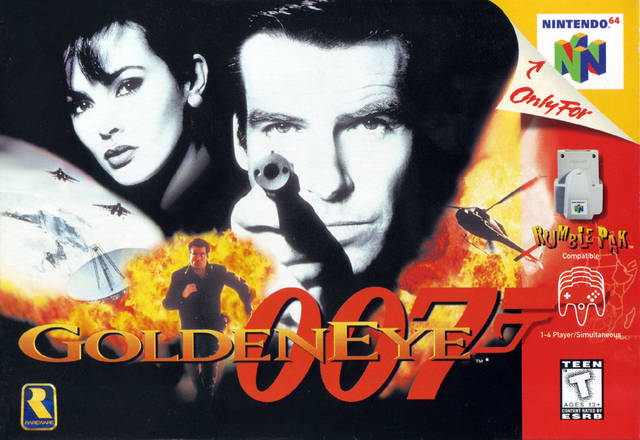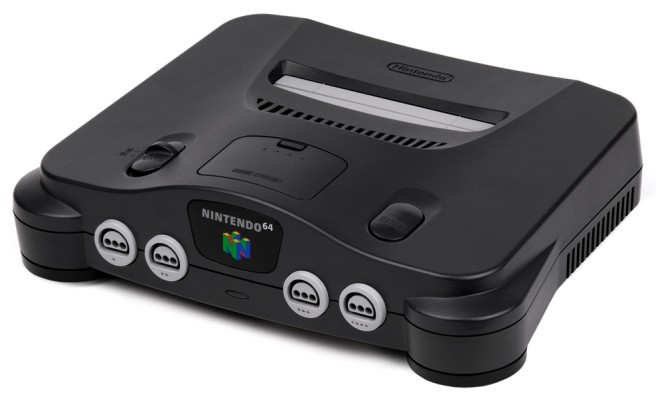GoldenEye 007 director on original plans for four different Bonds, how Oddjob made it in
Posted on 7 years ago by Brian(@NE_Brian) in General Nintendo, News | 0 comments
Often during a game’s creation, developers have to scrap various elements. It could be due to a lack of time, or a completely different reason.
In the case of GoldenEye 007, Rare originally intended to have four different Bonds included. Sean Connery, Roger Moore, Timothy Dalton, and Pierce Brosnan would have all been playable in the end. Unfortunately, this was left on the cutting room floor, though some elements were left behind in the original code and files.
More: GoldenEye 007, interview, Martin Hollis, Rare, top
GoldenEye 007 director found a weakness in the N64, could have caused another delay
Posted on 9 years ago by Brian(@NE_Brian) in General Nintendo, News | 4 Comments
Originally, Nintendo hoped to have the N64 out on the market by Christmas in 1995. The console ended up with a delay though, and wouldn’t be ready until several months later in the following year. Although Nintendo cited a need for more software to be completed, a former Silicon Graphics engineer contended that the extra wait stemmed from issues with the console’s chips.
Ex-Rare staffer and GoldenEye 007 director Martin Hollis was invited to Silicon Graphics before the N64 launched. He actually found a weakness within the hardware, which could have potentially caused another delay had it been addressed.
Hollis told Nintendo Life:
I got to travel to SGI in Mountain View to write test code that would run on some of the few ‘golden chips’ – this is the terminology for the first chips which come off the production line. From the initial run there were very few working chips, and SGI kept them in-house, so a few developers would fly out to use them for a week. I think I might have been the only ‘worker’ from Rare, although Chris Stamper travelled.
I wrote a piece of code which displayed spinning icosahedrons; as many as possible until the framerate dropped below 60Hz. The head of the project at SGI was not too pleased to discover what the performance of the machine was in terms of triangles per second. He asked to see my code in the hope it was inefficient. It wasn’t. He later told me that SGI very nearly did another spin of the hardware to fix the issue, which was with the memory interface.

